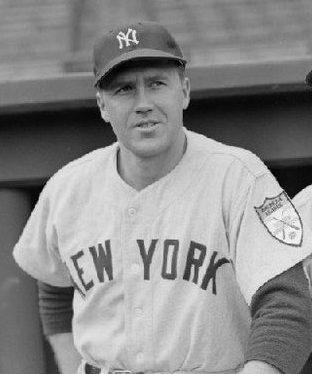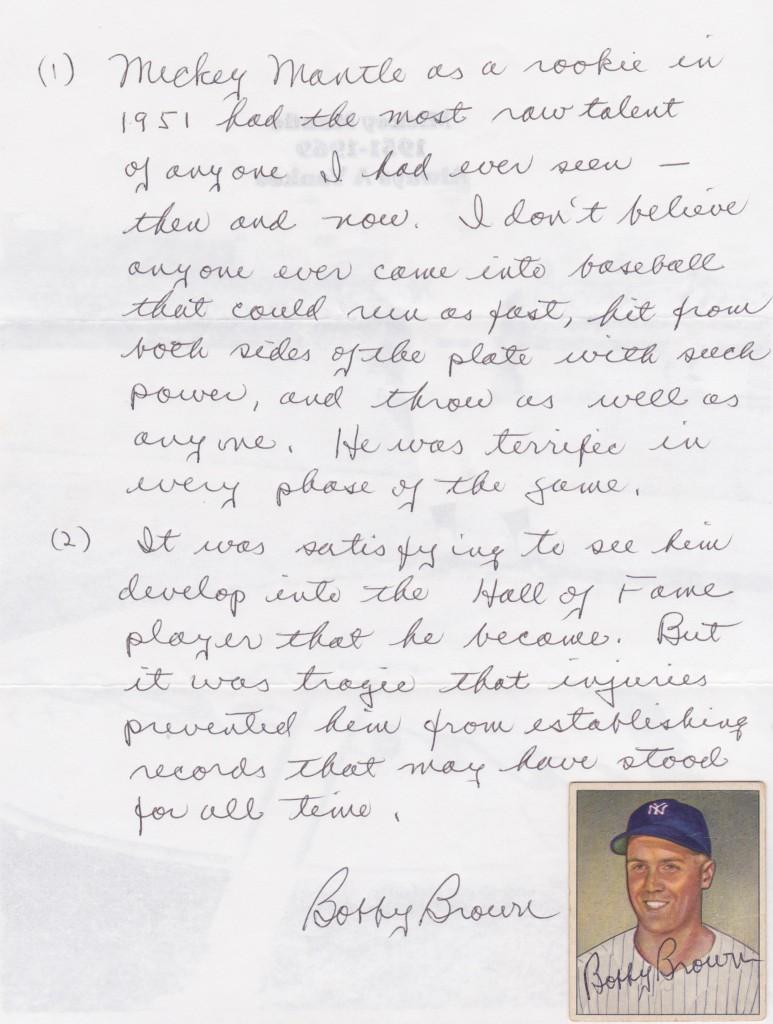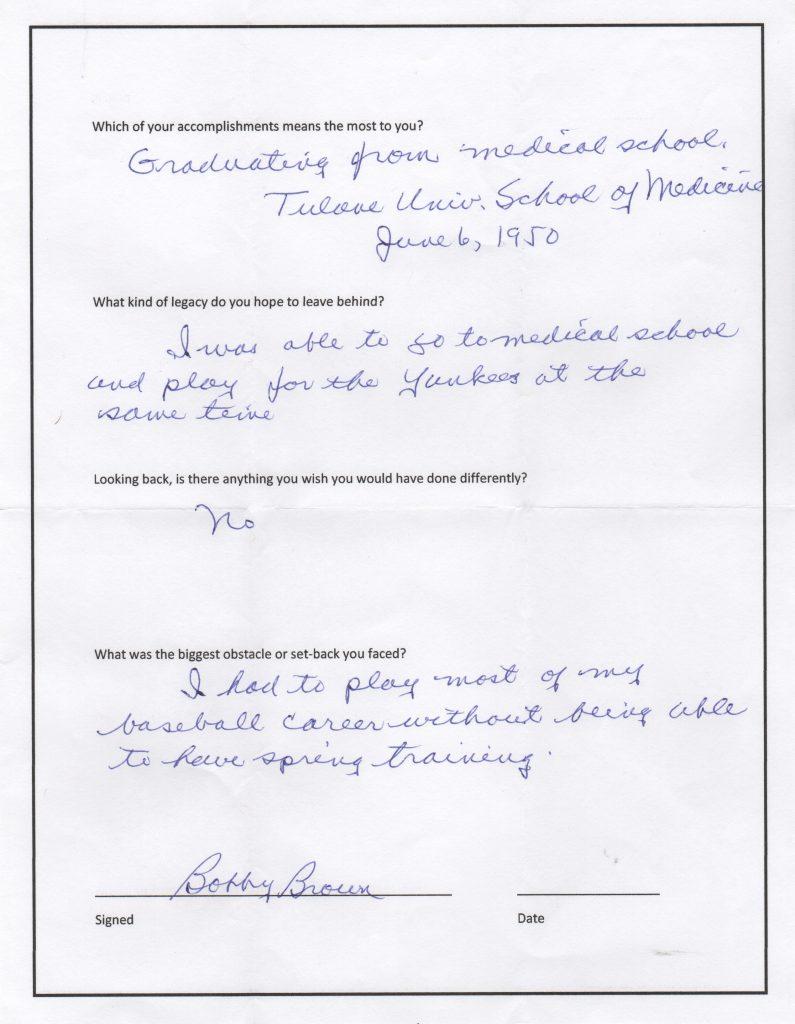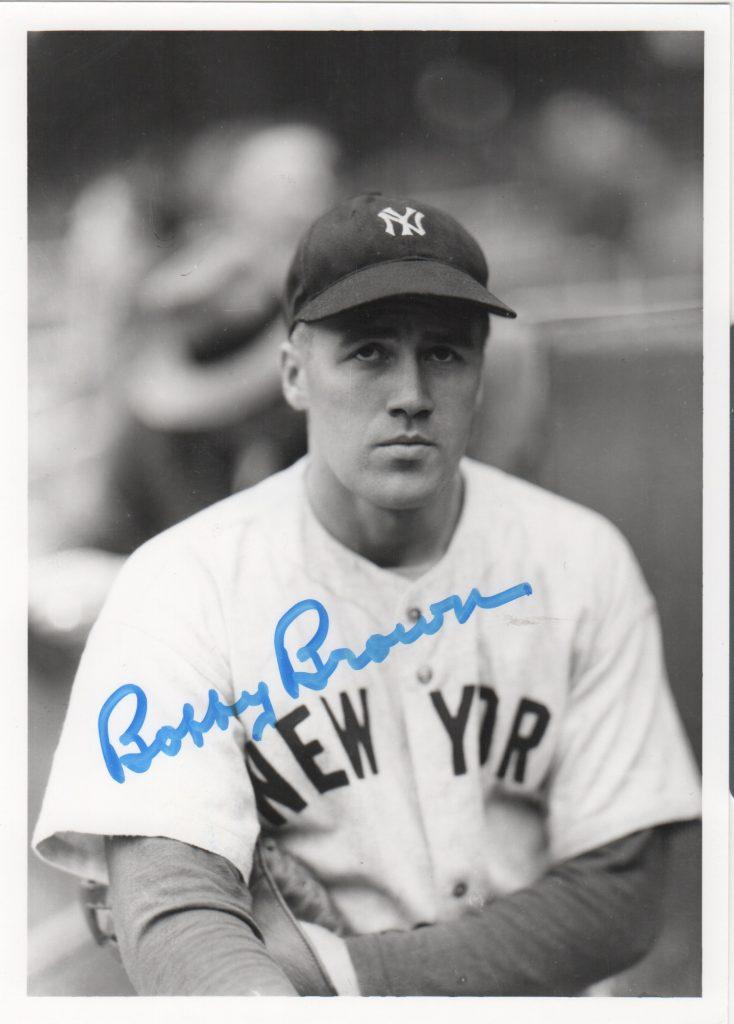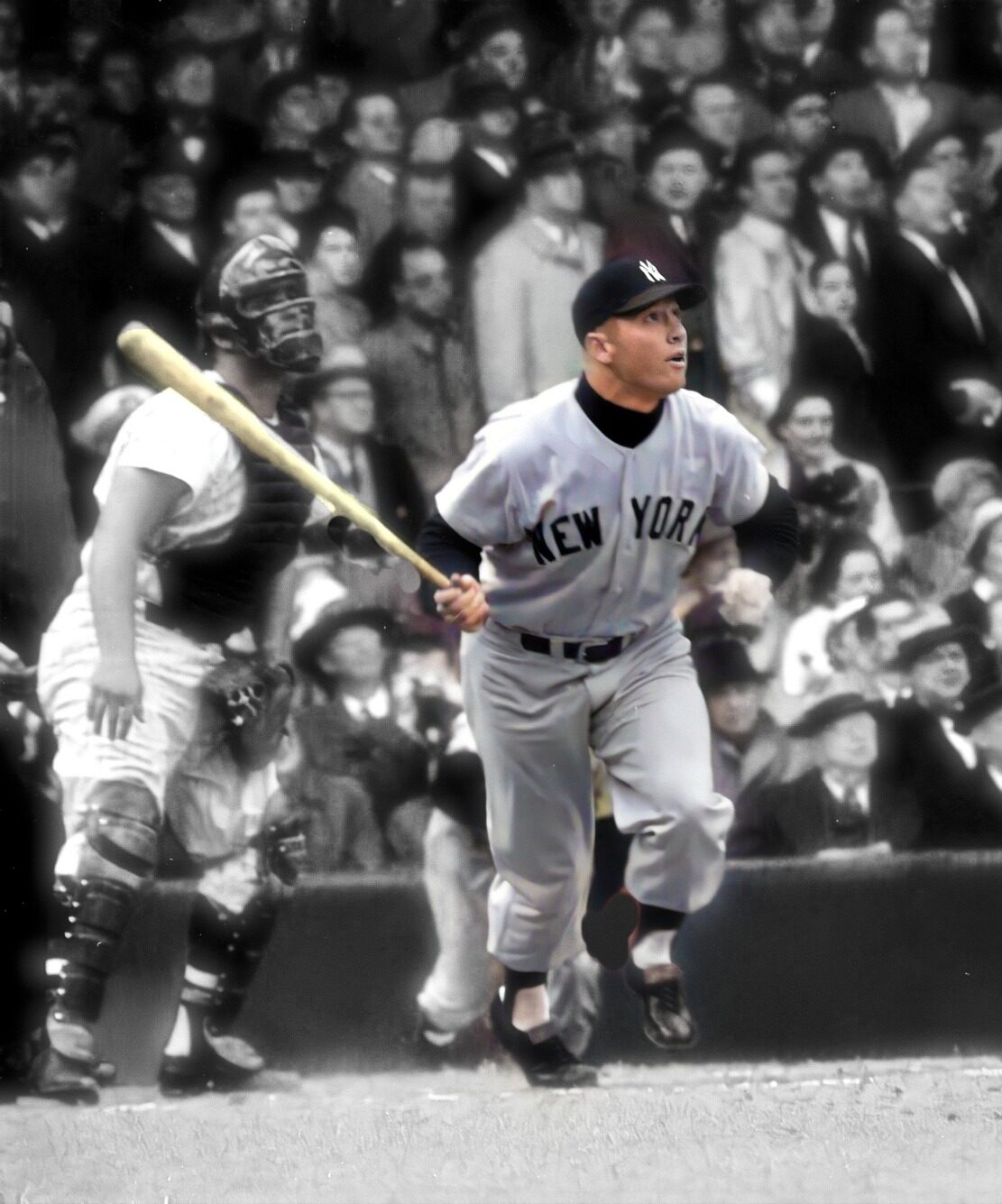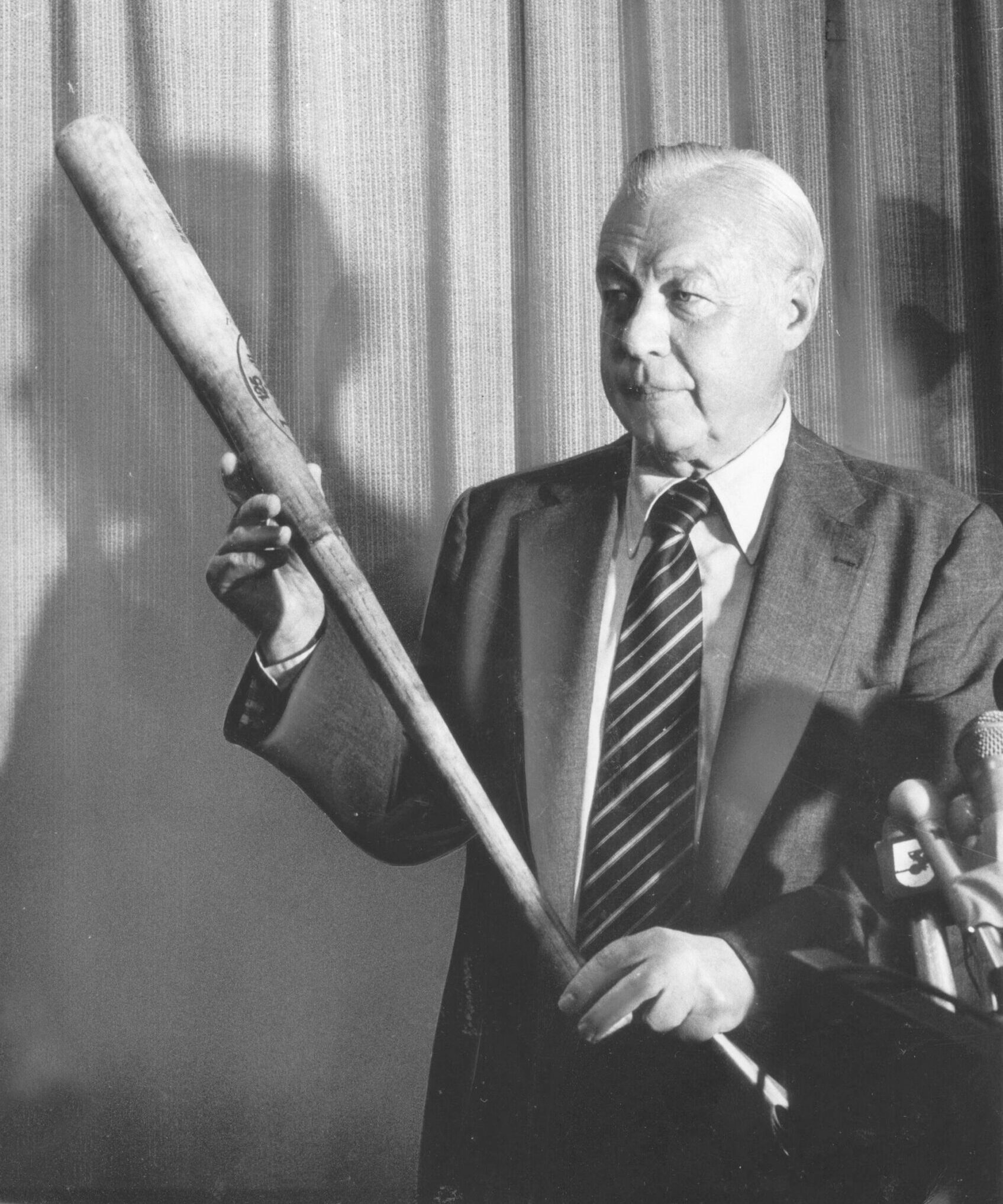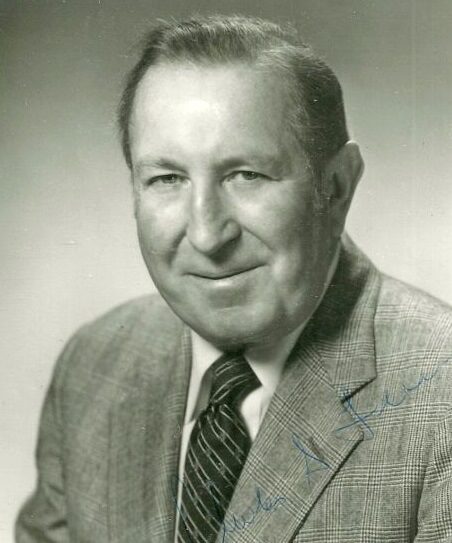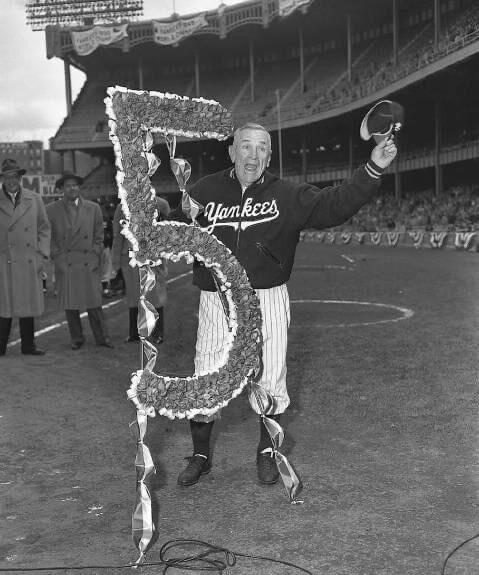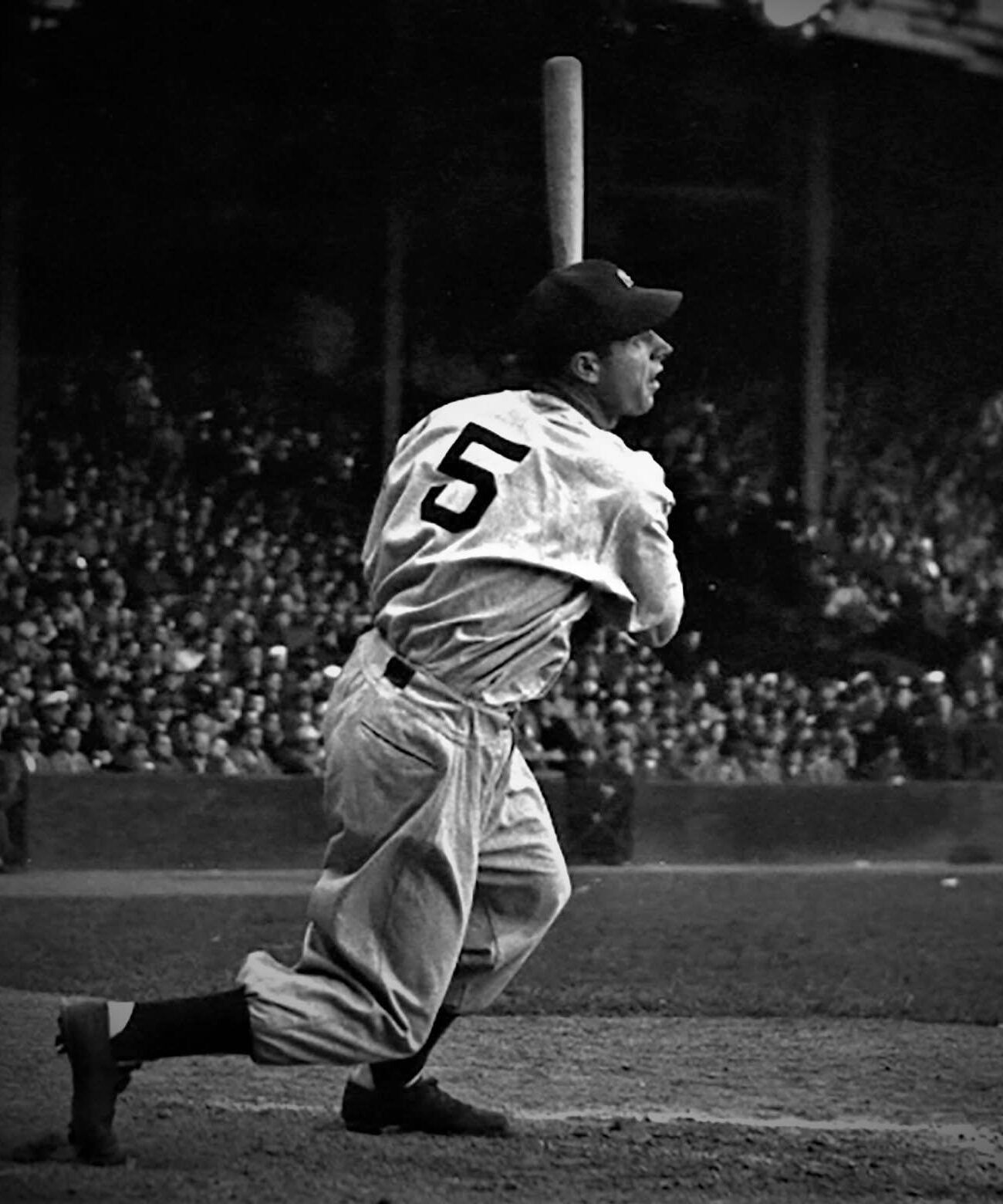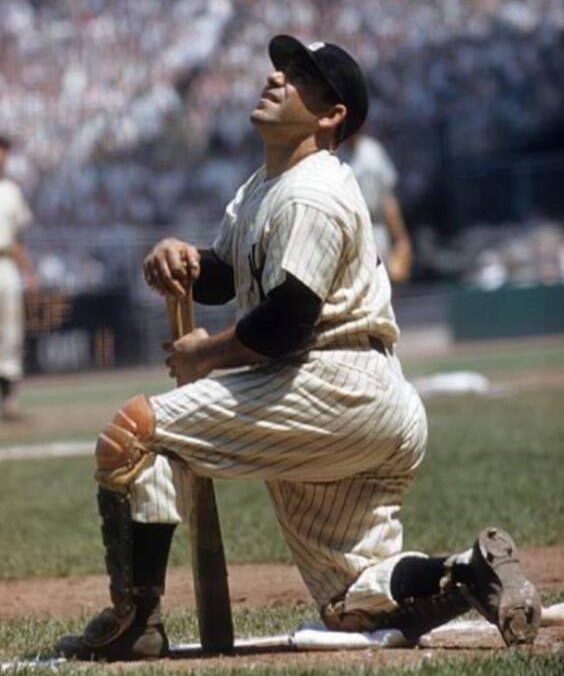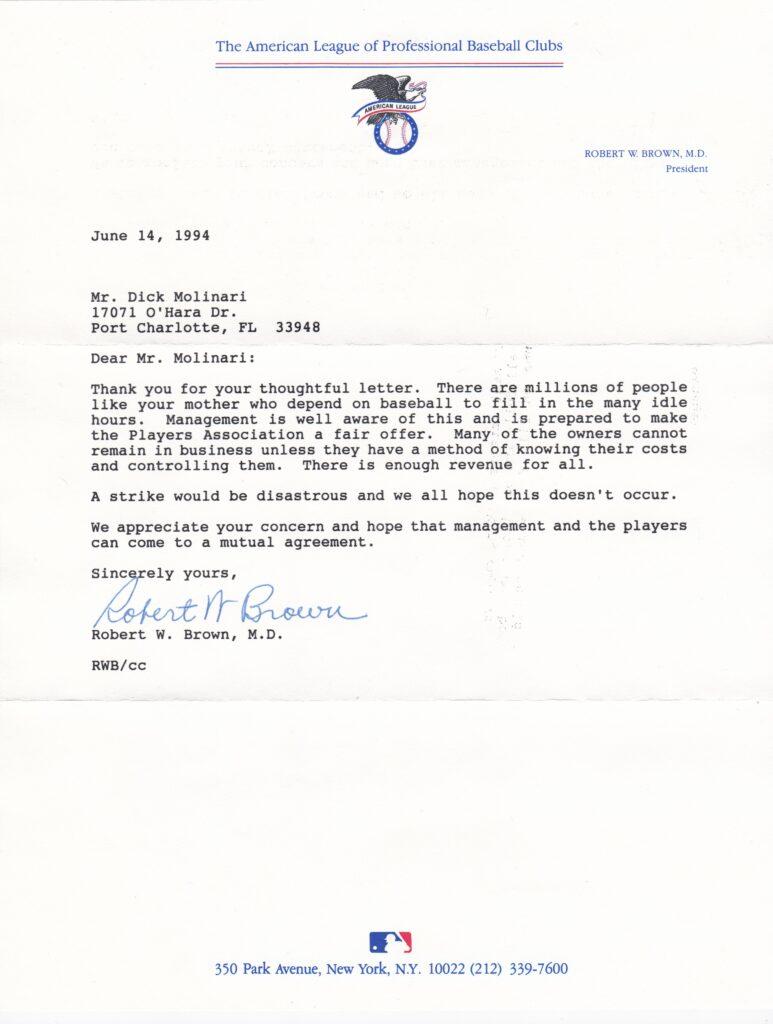
Cardiologist Doctor Bobby Brown had a long and distinguished career in Major League Baseball. Singed by the Yankees in the summer of 1946, he debuted the same September.
His second year Jackie Robinson and Larry Doby broke the color barrier in both the National and American Leagues. The Yankees won the American League pennant and defeated the Dodgers in Robinson’s first Fall Classic.
Each of Brown’s four appearances came as a pinch hitter. He finished 3-for-3 with two doubles, two runs scored, three runs batted in, and a walk.
Brown went on to play in three more World Series, winning and playing well each time. In 46 career Fall Classic plate appearances he hit .439 with a .500 on-base percentage, with 9 extra-base hits, 9 runs, and 9 runs batted in.
He might’ve added another ring if not for his 19-month service in 1953 service during the Korean War. While he served in Korea and the Tokyo Army Hospital, the Yankees won another World Series against the Dodgers.
After retiring from baseball in in 1954, Brown became a full-time doctor. In 1974 he took a six-month leave of absence from his medical practice to assume the presidency of the Texas Rangers. Coming off of consecutive 100-loss seasons, the Rangers finished the year two games above .500 under Brown’s leadership. At the end of the season, Brown returned to medicine.
When Bowie Kuhn retired as commissioner in ’84, it started a chain reaction that would land Brown the presidency of the American League.
Brown held the post until retiring two months shy of his 70th birthday in 1994. Nine days later the players went on strike that ended the season and canceled the World Series.
In the collection is this letter from American League president Dr. Bobby Brown. Dated June 14, 1994 just two months before the players’ strike, the correspondence foreshadows a dark chapter in baseball history.
Brown writes, “A strike would be disastrous…”. That description was an understatement. The strike began on August 12 and lasted until March 31st the following year, washing away the World Series in the process. The rest of the letter is well worth the read, providing insight into the weeks prior to the strike and the end of his career.
Though Brown’s signature is fairly common, examples from his time as the American League president are highly desirable.
